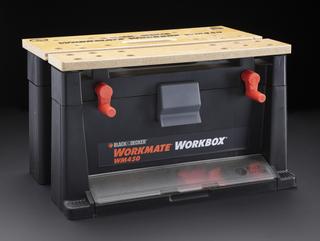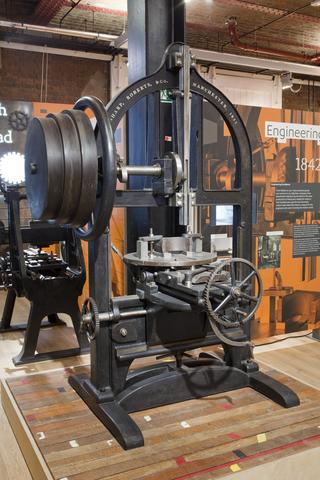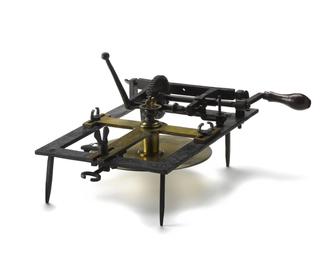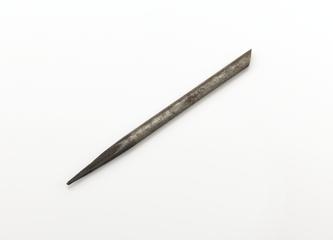C I Boring bar of boring head
C I Boring bar of boring head
More
This boring bar is from the cylinder-boring mill constructed by John Wilkinson at his Bersham Foundry, c1775. The boring mill is of profound importance in the history of machine tools and and motive power. For the former, it represents the ability to manufacture artefacts (in this case, engine cylinders) in metal with unprecedented accuracy, foreshadowing subsequent developments in the history of machine tools. For the latter, the success of Matthew Boulton and James Watt's steam engine depended entirely upon the ability to main steam-tightness between the piston and the cylinder walls - for which an accurately bored cylinder was of critical importance. Without this object, the success of Boulton and Watt's epoch-making enterprise would have been called in to doubt.
- Measurements:
-
overall: 414 mm x 5500 mm x 415 mm,
- Materials:
- cast iron and wrought iron
- Object Number:
- 1913-172/1
- type:
- boring head





